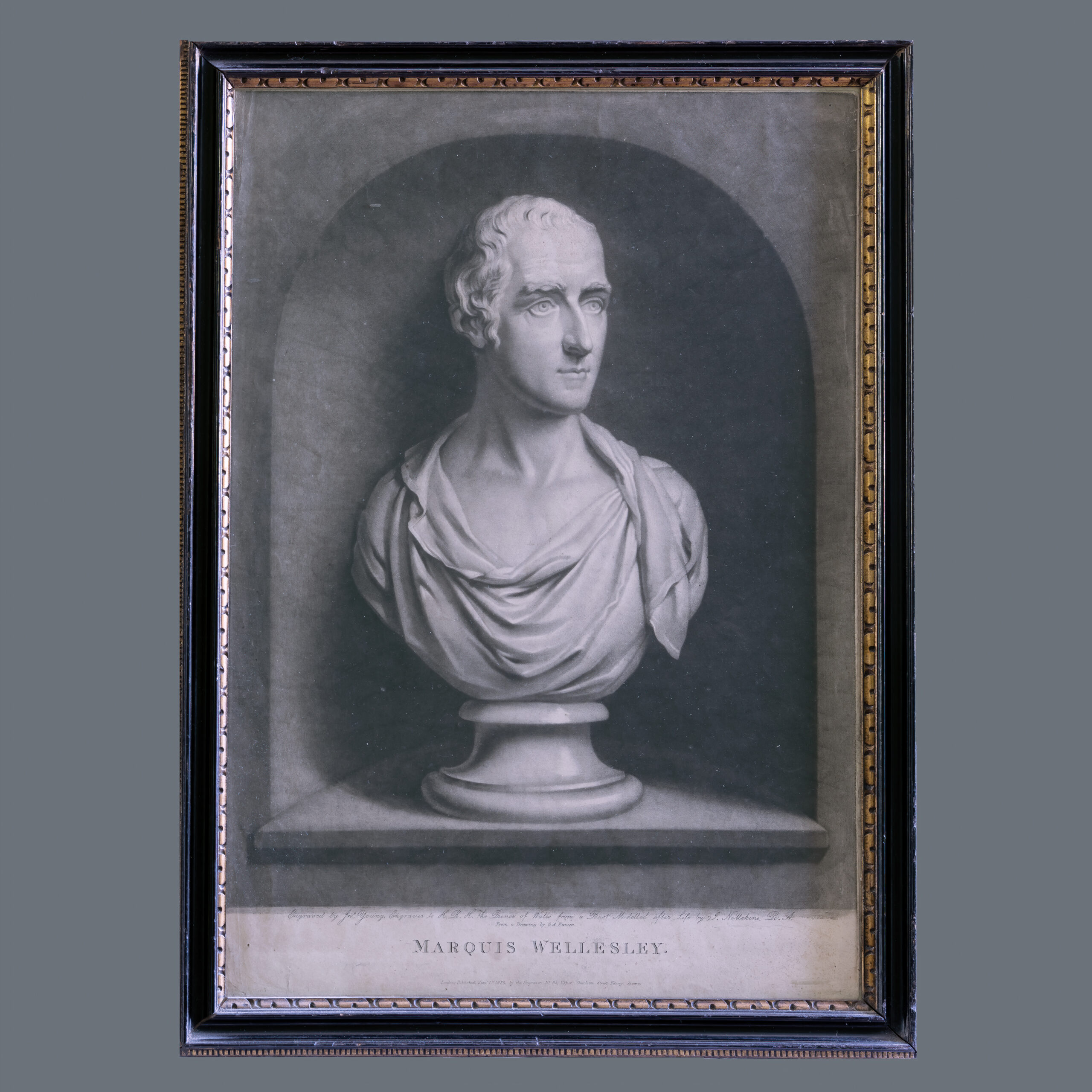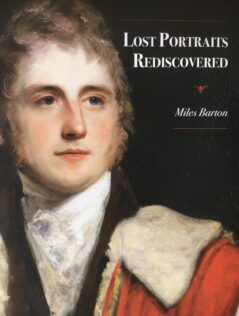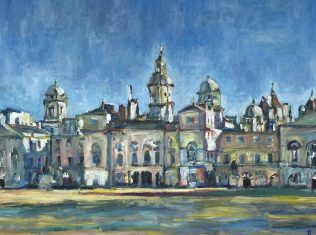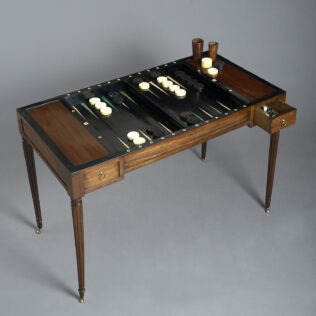Portraiture, Pictures
Duplicated Perfection
I have recently been marvelling once more at the unbelievable quality and perfection of what must be the most affordable end of the art market – mezzotint prints.
When people talk of prints these days we generally think of multiples produced in large numbers. To help define print runs some are produced in limited numbered editions. Long before this time, back in the late 17th and 18th centuries, prints, more particularly for the purposes of this discussion, mezzotints, were produced as and when without numbering. As such it is a misnomer to believe that these fine works of art are duplicated in vast numbers. Just because they were printed and therefore duplicated it doesn’t mean that they were done so in ever increasing quantities. In some cases quite the contrary.
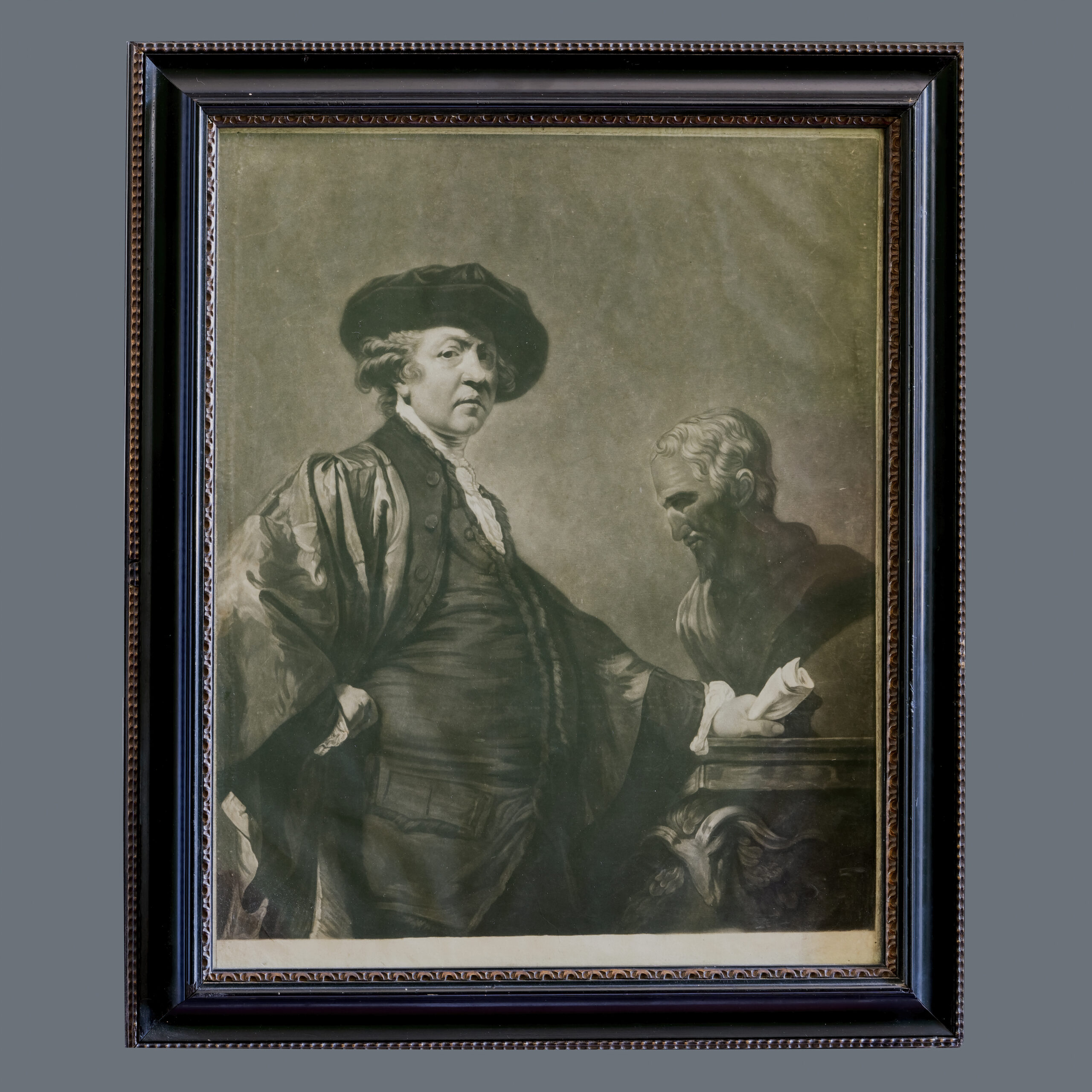
The mezzotint process of printing can produce striking images of beautiful tonal quality; velvet, fur, satin, metalwork, hair, water and stone are just some of the distinct surface textures that our eyes convince us we can “feel” as we look at mezzotints.
Derived from the Italian mezza tinta (“halftone”), mezzotint is an intaglio process that developed in the 17th century in the Netherlands. It is the only printmaking technique that works from dark to light. A copper plate is uniformly inscribed with indentations made by the teeth of a metal rocker, allowing for ink to pool into these grooved areas. Without further manipulation, a solid dark, inky impression would result if one printed from the prepared plate at this stage. To generate the design for the image in the mezzotint, the artist or printmaker burnishes areas on the prepared plate to create the form of the image. These burnished sections enable varying degrees of ink saturation, resulting in a mixture of tones. If the indentations on the plate are completely smoothed and polished away, only the clean surface of the paper will appear in the image—no ink will print in these areas. A complicated and highly skilled process indeed
The pinnacle of popularity for the mezzotint took place in Britain during the 18th century. Allowing for a greater dissemination of images, mezzotints were prized by a discriminating clientele who wanted printed facsimiles derived from paintings.

Valentine Green was one of the most prolific and famous of the mezzotint practitioners, and his designs were primarily modelled on portrait paintings by artists such as Joshua Reynolds and genre and scientific scenes, such as those painted by Joseph Wright of Derby. Some are on the way to the gallery very soon, including a proof of the famous Reynolds self-portrait.

